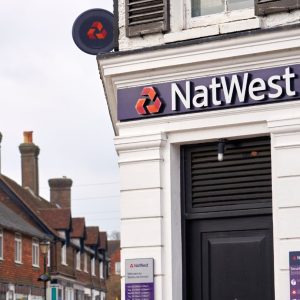Apart from covering insolvency and financial investigations, Griffins also caters support services for creditors, debtors and professional advisers in the UK.
The Association of Certified Fraud Examiners has revealed that organizations are losing 5% of revenue annually due to various kinds of fraud committed.
Griffins said that the IBM technology has enabled it to manage large amount of information stored in spreadsheets to a faster, more accurate, intelligence-led approach, thus assisting to solve cases pertaining to money laundering, missing trader fraud and theft of company assets.
Griffins insolvency practitioner Stephen Hunt said that the IBM technology has given the company a significant edge over its competitors in the ability to perform investigative analysis faster and with greater accuracy than other firms involved in the same investigations.
"The speed by which we were able to accurately present and demonstrate the results of the investigation was remarkable in terms of impact," Hunt added.
Hunt further stated, "We think the IBM technology has a lot of future potential for our business as a critical support tool because of its ability to do the thinking for us."
Using the IBM technology, the firm is planning to build a problem solving package by developing algorithms that will answer the top five questions, which will free up its professionals to do the rest. The ability to perform more accurate and faster investigative analyses will enable the company keep ahead of its competitors.
The IBM technology can capture long checklist of accounting data and create algorithms to generate an instant roadmap into an investigation, thus slashing cost for the creditors as they do not have to pay professional fees to discover the same information.
Griffins uses IBM i2 Intelligence Analysis software to cater decisive insights while investigating complicated incidents, producing actionable visualization of critical people and events and documenting results for potential litigation.
Key fraud indicators integrate information from watch lists, also called fraudsters, and other concerned sources in a risk scorecard which provides visibility of risk to take proactive remedial action.






